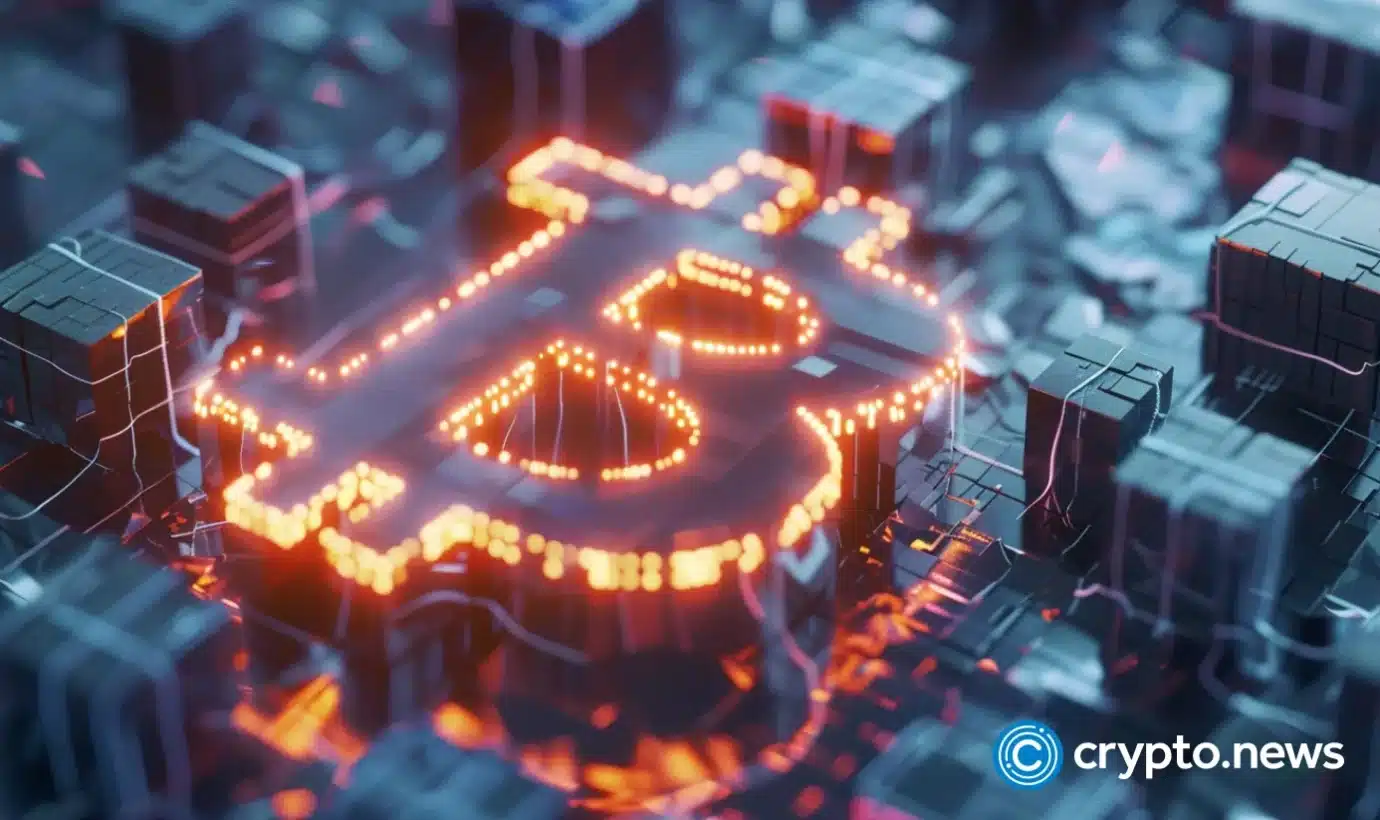Rhodium Enterprises, a Bitcoin mining company, has thrown in the towel, filing for Chapter 11 bankruptcy alongside six of its subsidiaries.
According to the court papers, their debts fall somewhere between $50 million and $100 million, but their assets are worth somewhere between $100 million and $500 million.
Word has been going around for a while that Rhodium was in trouble. Back in July, they reportedly defaulted on $54 million in loans. That’s not just pocket change. The company had tried raising cash before. In 2021, they pulled in $78 million in loans for their various subsidiaries.
But it seems like the debt kept piling up, and the repayments didn’t happen as planned. There were even talks of two different debt restructuring plans to try and save the ship, but those efforts went down in flames after some behind-the-scenes drama.
Stakeholders couldn’t agree on a way forward, which sealed the deal on Rhodium’s default. Now, under Chapter 11, Rhodium hopes to reorganize its debt and keep the lights on while negotiating better repayment terms.
Rhodium isn’t the only Bitcoin miner feeling the heat. The whole mining sector has been hit hard by the 2022-2023 crypto winter.
The price drops, combined with the Bitcoin halving back in April, really did a number on revenues. The halving slashed miners’ block rewards from 6.25 BTC to 3.125 BTC.
The average revenue per terahash per second (TH/s) has been sliced down to about $0.052, a far cry from the $0.11 miners were pocketing before the halving.
Transaction fees have also been a rollercoaster—sometimes spiking, but mostly staying low. In short, miners are making less and spending more just to stay in the game.
There was a brief moment of hope in June 2024, but that uptick was short-lived. The overall trend has been downhill, and it’s hitting everyone hard. On average, the mining sector has been pulling in about $56 million daily.
Now, that might sound like a lot, but when you break it down, it’s not enough to cover the escalating costs and reduced profits that miners like Rhodium are dealing with.
The struggles don’t end with just profitability. The Bitcoin network’s hashrate, a critical measure of how much computing power is being thrown at mining, has been on a downward slide since late May. It’s dropped by around 7% from its all-time high, landing at roughly 574.9 EH/s.
The number of active Bitcoin addresses—another key metric for the health of the network—has also taken a hit. As of now, there are about 750,000 active addresses, the lowest we’ve seen since late 2018.
Given all this, it’s no surprise that many miners are scrambling to adapt. BitFarms, for example, has managed to reduce their energy consumption from 35 J/TH to 27 J/TH. Every little bit helps when profits are being squeezed from all sides.
Some miners are also looking beyond just Bitcoin to stay afloat. There’s a growing trend of integrating Bitcoin mining with other technologies like Artificial Intelligence (AI) and High-Performance Computing (HPC).
By branching out into other areas, miners can offset some of the losses they’re taking from Bitcoin’s current unprofitability. It’s a survival tactic, plain and simple.





